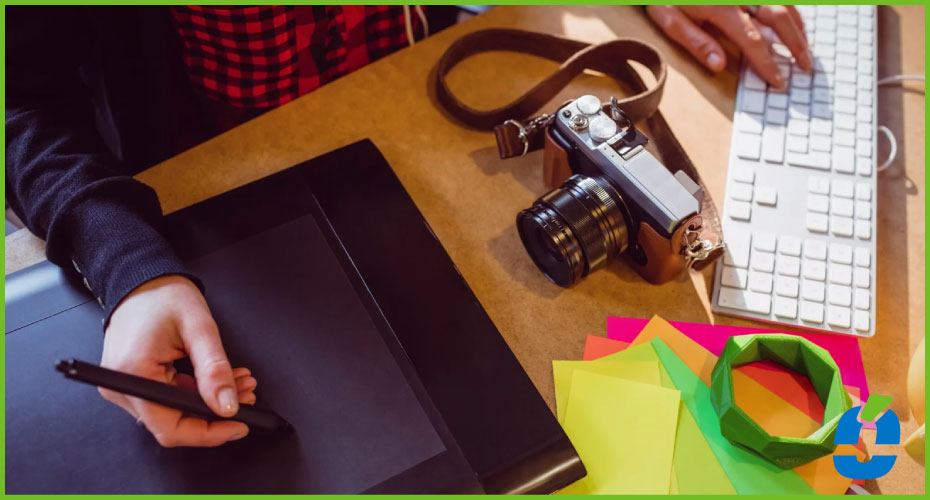![]()
In the digital age, graphic design and photography have undergone a radical transformation driven by artificial intelligence (AI). This union of human creativity and computational power has opened new frontiers in visual content generation. In this article, we'll explore how AI is changing the way we conceive, create, and experience images, leading to a renaissance in graphic design and photography. From image generation to editing and the fascinating fusion of both disciplines, this journey immerses us in a world where creativity knows no bounds.
AI-Powered Graphic Design: Beyond Aesthetics
Graphic design has always been a field focused on aesthetics, but artificial intelligence is taking that aesthetic to new levels. AI is capable of analyzing vast amounts of visual data and design trends, allowing designers to generate new and innovative ideas. This results in greater diversity and originality in graphic design. AI algorithms can create compositions, typography, and color palettes based on a deep understanding of what resonates with audiences.
La IA también introdujo el concepto de “diseño emocional”. Los algoritmos pueden evaluar cómo los diferentes elementos visuales afectan las emociones y utilizar esta información para crear diseños que resuenen emocionalmente en el público. Por ejemplo, una marca podría usar IA para elegir colores y formas que transmitan confianza, mientras que otra podría optar por elementos que evoquen alegría o sorpresa. Esta capacidad de diseño emocional permite a las marcas conectarse de forma más auténtica con sus audiencias y crear un impacto duradero.
Generative photography: the magic of artificial intelligence
Generative photography is one of the most exciting applications of artificial intelligence in photography. AI can generate realistic images from text descriptions. This means you can type a description of a scene, and the AI will create an image that matches that description. This technology is valuable in areas such as film, video games, and advertising, where personalized and specific images are required.
Additionally, AI is also capable of “painting” a photograph in the style of a famous artist or transforming a photograph into a work of art in the style of a specific era. This gives photographers and designers the freedom to experiment and create unique images without the need for advanced painting or image editing skills.
Fusion of design and photography: the new frontier
One of the most exciting trends is the fusion of graphic design and AI-powered photography. This fusion has opened the door to the creation of images that transcend traditional boundaries. For example, designers can combine graphic design elements with AI-generated photographs to create compelling and unique compositions. This has led to the emergence of new forms of visual art that challenge perception and stimulate the imagination.
AI has also made it possible to create hyper-realistic images that can be indistinguishable from real photographs. This is especially valuable in areas such as advertising, where convincing and lifelike product images or virtual models can be created.
The future of visual creativity
Artificial intelligence is driving a revolution in graphic design and photography. As AI capabilities continue to evolve, we can expect further advancements in the generation, editing, and combination of visual content. Designers and photographers are embracing this technology as a collaborative tool that expands their creative capabilities and allows them to explore new visual territories.
Ultimately, AI is democratizing visual creativity, allowing people with diverse skills and experiences to participate in the creation of stunning images. As we move forward in this era of digital transformation, creativity and imagination are the only limits in the world of AI-powered graphic design and photography.
In short, artificial intelligence is redefining graphic design and photography, allowing human and machine creatives to collaborate to create images that resonate emotionally and expand the boundaries of visual perception. This exciting journey takes us to a future where creativity has no limits and imagination is the only limit to creating impactful visual content.







